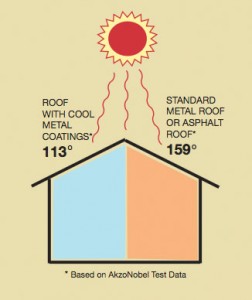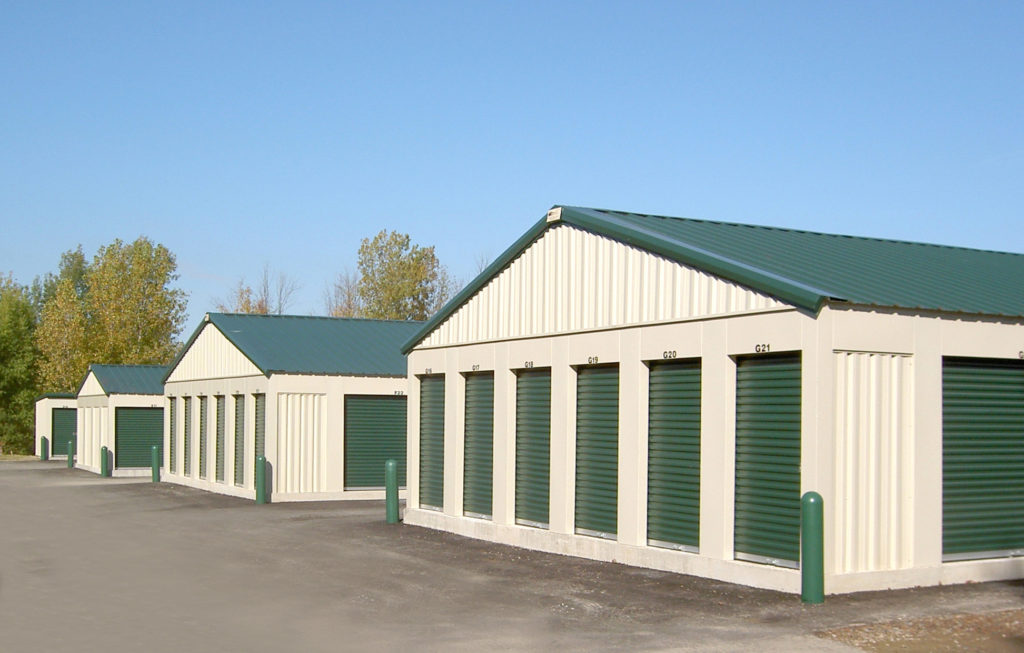Spending on construction in the self-storage industry has grown rapidly in the last two years, according to U.S. Census Bureau statistics reported by SpareFoot Storage Beat in September.
The industry spent about $200 million in 2016 and is on track to exceed $280 million this year. While those statistics illustrate growing demand for self-storage, they also indicate the competition to come. One major way self-storage owners can improve business sustainability is by building and retrofitting storage facilities to be more environmentally sustainable.
As the market grows, so does consumer interest in supporting businesses that are striving to go green. Here some ways to make your self-storage business more eco-friendly from construction materials to consumer education.
 Build Green & Tight
Build Green & Tight
Galvalume® treated steel prevents corrosion leading to leaks and an unsightly appearance. Customers may be hesitant to rent units that appear rusty. Sturdy materials and regular maintenance prevent deterioration that results in water, temperature and pest damage to stored goods.
Speaking of pests, steel deters termites. Make sure insulation is sufficient to help regulate temperature in units. Rigid foam insulation containing non-toxic borates — the stuff in borax soap — also discourages pests.
Provide Climate & Energy Control
Efficient roofing is another aspect of successful steel construction. Coatings containing a high percentage of infrared reflectants help metal roofs maintain better, more stable temperatures inside storage units. A cool finish reduces a roof’s surface temperature by up to 38 degrees F and saves on energy costs by about 23 percent.
Energy usage also decreases with the installation of solar panels, LED lighting and sensor-embedded smart technologies, such as thermostats remotely controlled by computers. Lower energy use translates to financial savings for both the business and customers.
Conserve & Control Runoff
Communities surrounding self-storage facilities want good business neighbors that maintain an attractive, clean environment. They also want new development that doesn’t greatly increase the strain on water and sewer systems.
Eco-friendly strategies include decreasing the amount of treated water used for landscaping and increasing consumption of runoff water. Landscaping thrives on gray water, and research shows that plants cleanse toxins from runoff. Xeriscape is a landscaping technique that thrives on runoff. It’s based on attractive plants that can handle plentiful moisture as well as drought.
Another matter to consider regarding gray water, is that local zoning laws may require construction projects to avoid increasing runoff and to install leaching fields.
Finally, when designing plantings, remember that keeping them away from storage units will also keep rodents and insects away.
Educate Customers about Safety
Another way to create a clean, safe storage environment is to educate customers about what kinds of materials not to stow in their units. For example, food may attract insects that can damage other goods. And storing combustible materials — including paints and solvents — is hazardous. Also, anything that may leak toxic chemicals can harm air quality in a storage facility.
Also, providing clearly marked and well-managed bins for recyclables — including potential dangers, such as auto batteries, helps customers and reduces garbage.
Conserve Your Effort
Here’s one last thought: As the owner of a self-storage business you need to conserve your energy when involved in new construction or improvement of property. Hiring a single source self-storage specialist helps. BETCO provides consultation, design, building, manufacturing and installation services. Contact us today to help you create a sustainable, attractive facility.


